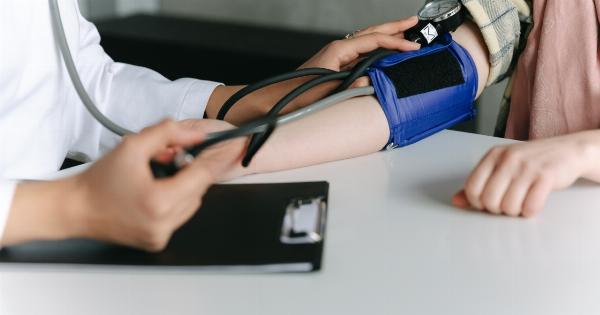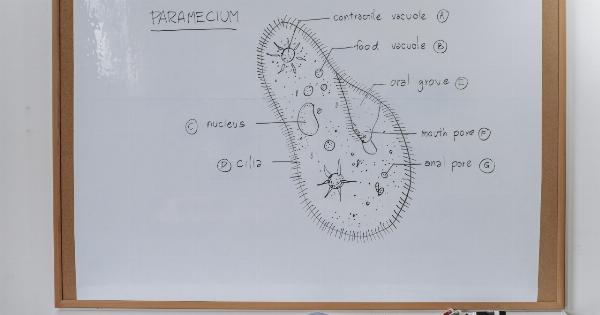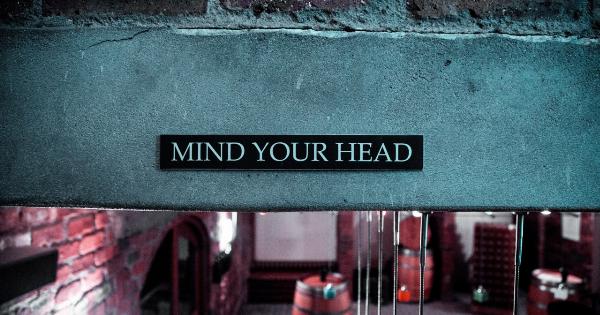An aortic aneurysm is a life-threatening condition where a weak spot in the aorta, the largest artery in the body, bulges and grows in size.
This can be dangerous because if the aneurysm ruptures, it can cause severe internal bleeding and potentially lead to death. Here are 10 warning signs of an aortic aneurysm that you should be aware of:.
1. Chest or Back Pain
Chest or back pain is one of the most common symptoms of an aortic aneurysm. This pain can be sharp, sudden, and intense or it may be a dull ache that gradually gets worse over time.
The pain may be felt in the chest, back, or abdomen and can be mistaken for other conditions such as a heart attack or stroke.
2. Abdominal Pain or Swelling
An aortic aneurysm that occurs in the abdominal area can cause pain, swelling, and tenderness in the abdomen. The pain may be severe and sudden, or it may be a dull ache that lasts for several days.
You may also feel a pulsating sensation in your stomach.
3. Difficulty Breathing or Shortness of Breath
If an aortic aneurysm is located in the chest or upper abdomen, it can press against the lungs and cause difficulty breathing or shortness of breath.
You may feel like you can’t catch your breath or that you are suffocating, even when you are not exerting yourself.
4. Coughing or Hoarseness
A persistent cough or hoarseness can be a sign that an aortic aneurysm is pressing against your throat or lungs. You may also experience difficulty swallowing or a feeling like there is something stuck in your throat.
5. Rapid Heart Rate
An aortic aneurysm that is about to rupture can cause your heart to beat faster than normal. This rapid heart rate, also known as tachycardia, can be a sign that your body is going into shock due to the internal bleeding.
6. Lightheadedness or Dizziness
Internal bleeding caused by an aortic aneurysm can cause lightheadedness or dizziness. You may feel like you are going to faint or that the room is spinning.
If you experience these symptoms along with any of the other warning signs on this list, seek medical attention immediately.
7. Nausea and Vomiting
Internal bleeding can also cause nausea and vomiting. You may feel like you have the flu or food poisoning, but if you have any of the other symptoms listed here as well, it could be a sign of an aortic aneurysm.
8. A Sudden Change in Mental State
A sudden change in mental state, such as confusion or disorientation, can be a sign that an aortic aneurysm has ruptured. This can occur because the internal bleeding is affecting the brain.
9. Cold and Clammy Skin
If an aortic aneurysm ruptures, it can cause a sudden drop in blood pressure. This can result in cold and clammy skin, as well as pale skin and a loss of consciousness. Seek medical attention immediately if you experience any of these symptoms.
10. Loss of Consciousness
If you lose consciousness, it could be a sign that an aortic aneurysm has ruptured and you are experiencing severe internal bleeding. This is a medical emergency, and you should seek medical attention immediately.
Conclusion
An aortic aneurysm can be a life-threatening condition, but it can be treated if caught early. If you experience any of the warning signs listed here, seek medical attention immediately.
Your doctor can perform tests to determine whether you have an aortic aneurysm and can recommend appropriate treatment options.






























